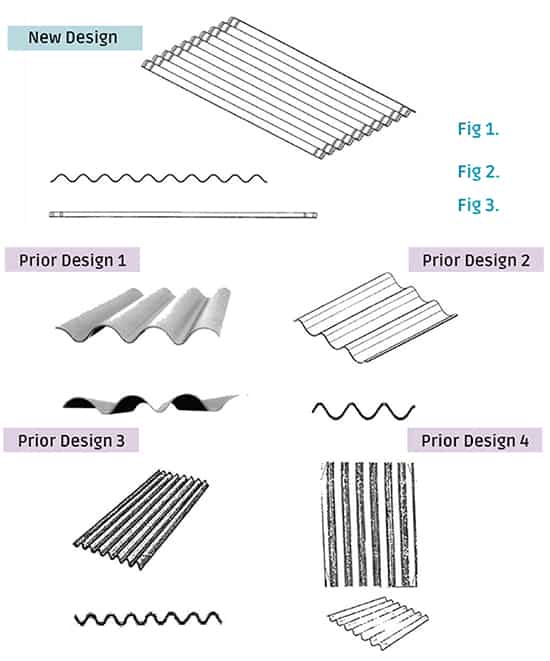To be eligible for a design patent under Thai law, a product design must be novel and industrially applicable. A product design is considered to be novel if, before the application is filed, the design:
- is not widely known or used in Thailand;
- is not disclosed or described in Thailand or another country;
- is not published; and
- does not sufficiently resemble any previous designs to be considered an imitation.
These criteria, stipulated by law, are deliberately straightforward so that unpatentable product designs can be easily weeded out. However, when a design patent application is filed for a design that is similar in appearance to a publicly available product, it can be challenging to assess whether the new application will be granted. This article takes an in-depth look at two cases that fall under this scenario, the reasoning that the Board of Patents (BOP) adopted in addressing them, and the ultimate decisions that it reached.
Case Studies
On June 27, 2018, the BOP ruled that a design for roofing plates was novel, compared to four prior art designs for existing patents.

The BOP compared the new design to the four existing designs in order to determine whether the new design was recognizably different. In deliberating the case, the BOP found that the new design featured a roof tile with a wave pattern in which the upper and lower waves were the same size and appearance. Additionally, the two-stripe patterns, oriented in a perpendicular direction to the waves and located at both ends of the roof tile, were held to be a unique feature. These combined characteristics passed the novelty test and led the BOP to render the design as novel compared to the existing patents.
Approximately one month after the decision in the roofing plates case was rendered, the BOP dismissed a design patent application for a screw cap for a jar on the grounds that it was substantially similar to a prior art design for an existing patent.

According to the BOP, the new product design comprised a round cap with a flat top and bottom and convex vertical strips along the outer edge. In addition, a vertical cross-section of the cap featured a flat surface with a groove. Ultimately, these elements were found to be substantially similar to the prior art design. Although the grooves of the new design were wider and deeper than those of the prior art, these differences were insufficient for the design to be considered novel.
Conclusion
In the deliberation of both cases, the BOP considered each element of the new product design, and the overall appearance, and compared them to prior designs. If they found that the combined elements created an overall appearance that was sufficiently different from the previous design, then the new product design was deemed to be novel.
The BOP’s decisions on these two cases make it clear that, when comparing prior art designs to the design in a new application, the focus goes beyond merely identifying unique parts. The BOP also pays considerable attention to the cohesiveness of the overall appearance of the product. As shown in the second case, a design will not be considered as novel if it is substantially similar to existing designs in overall appearance. However, individual elements can help to distinguish the overall appearance of a design from other existing designs, and thus make it patentable.
One practical upshot of this is that it is prudent to point out all unique and unifying elements of a design when filing a response to an office action or appeal to the BOP regarding the novelty of a product design. This strategy can be very useful in successfully registering a challenged application.

